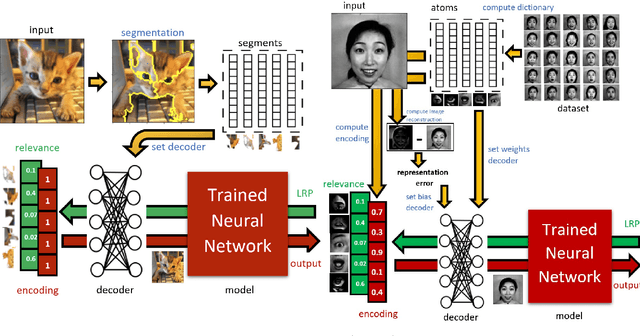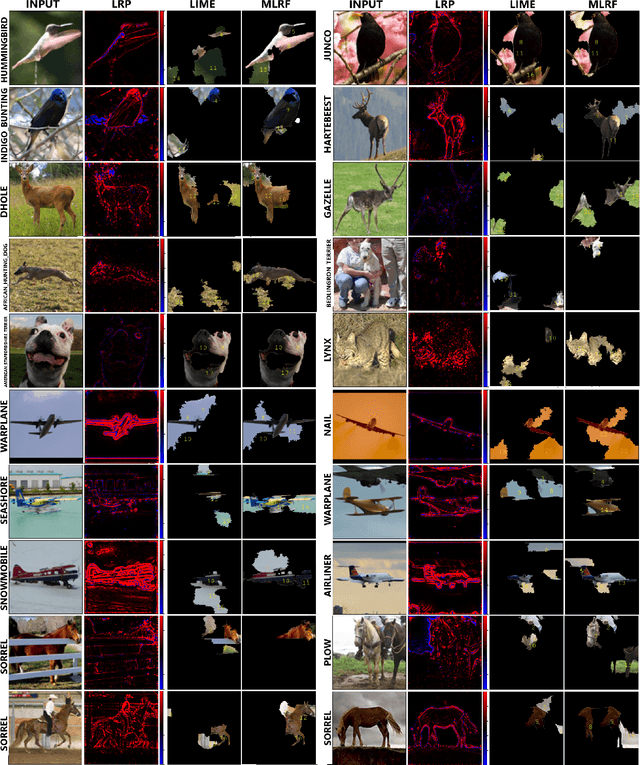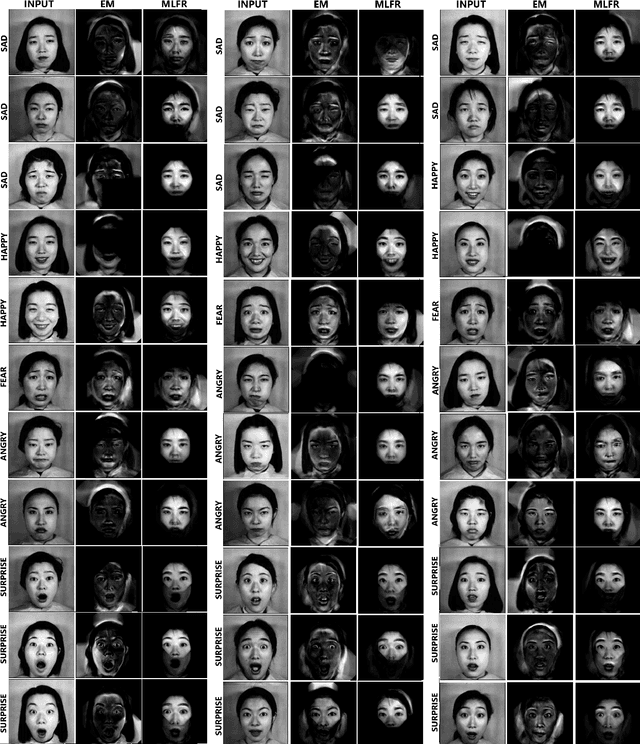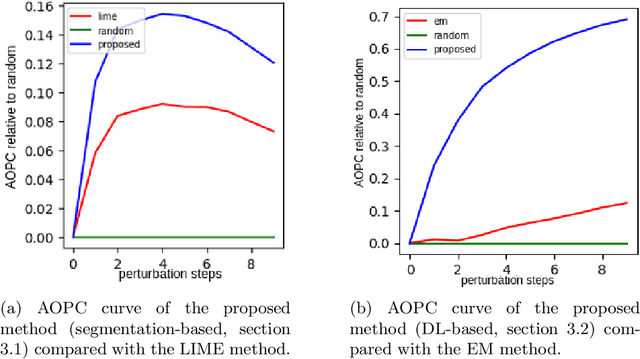Salvatore Giugliano
IMPACTX: Improving Model Performance by Appropriately predicting CorrecT eXplanations
Feb 17, 2025Abstract:The eXplainable Artificial Intelligence (XAI) research predominantly concentrates to provide explainations about AI model decisions, especially Deep Learning (DL) models. However, there is a growing interest in using XAI techniques to automatically improve the performance of the AI systems themselves. This paper proposes IMPACTX, a novel approach that leverages XAI as a fully automated attention mechanism, without requiring external knowledge or human feedback. Experimental results show that IMPACTX has improved performance respect to the standalone ML model by integrating an attention mechanism based an XAI method outputs during the model training. Furthermore, IMPACTX directly provides proper feature attribution maps for the model's decisions, without relying on external XAI methods during the inference process. Our proposal is evaluated using three widely recognized DL models (EfficientNet-B2, MobileNet, and LeNet-5) along with three standard image datasets: CIFAR-10, CIFAR-100, and STL-10. The results show that IMPACTX consistently improves the performance of all the inspected DL models across all evaluated datasets, and it directly provides appropriate explanations for its responses.
Towards a general framework for improving the performance of classifiers using XAI methods
Mar 15, 2024Abstract:Modern Artificial Intelligence (AI) systems, especially Deep Learning (DL) models, poses challenges in understanding their inner workings by AI researchers. eXplainable Artificial Intelligence (XAI) inspects internal mechanisms of AI models providing explanations about their decisions. While current XAI research predominantly concentrates on explaining AI systems, there is a growing interest in using XAI techniques to automatically improve the performance of AI systems themselves. This paper proposes a general framework for automatically improving the performance of pre-trained DL classifiers using XAI methods, avoiding the computational overhead associated with retraining complex models from scratch. In particular, we outline the possibility of two different learning strategies for implementing this architecture, which we will call auto-encoder-based and encoder-decoder-based, and discuss their key aspects.
A general approach to compute the relevance of middle-level input features
Oct 16, 2020



Abstract:This work proposes a novel general framework, in the context of eXplainable Artificial Intelligence (XAI), to construct explanations for the behaviour of Machine Learning (ML) models in terms of middle-level features. One can isolate two different ways to provide explanations in the context of XAI: low and middle-level explanations. Middle-level explanations have been introduced for alleviating some deficiencies of low-level explanations such as, in the context of image classification, the fact that human users are left with a significant interpretive burden: starting from low-level explanations, one has to identify properties of the overall input that are perceptually salient for the human visual system. However, a general approach to correctly evaluate the elements of middle-level explanations with respect ML model responses has never been proposed in the literature.
 Add to Chrome
Add to Chrome Add to Firefox
Add to Firefox Add to Edge
Add to Edge